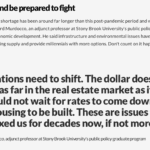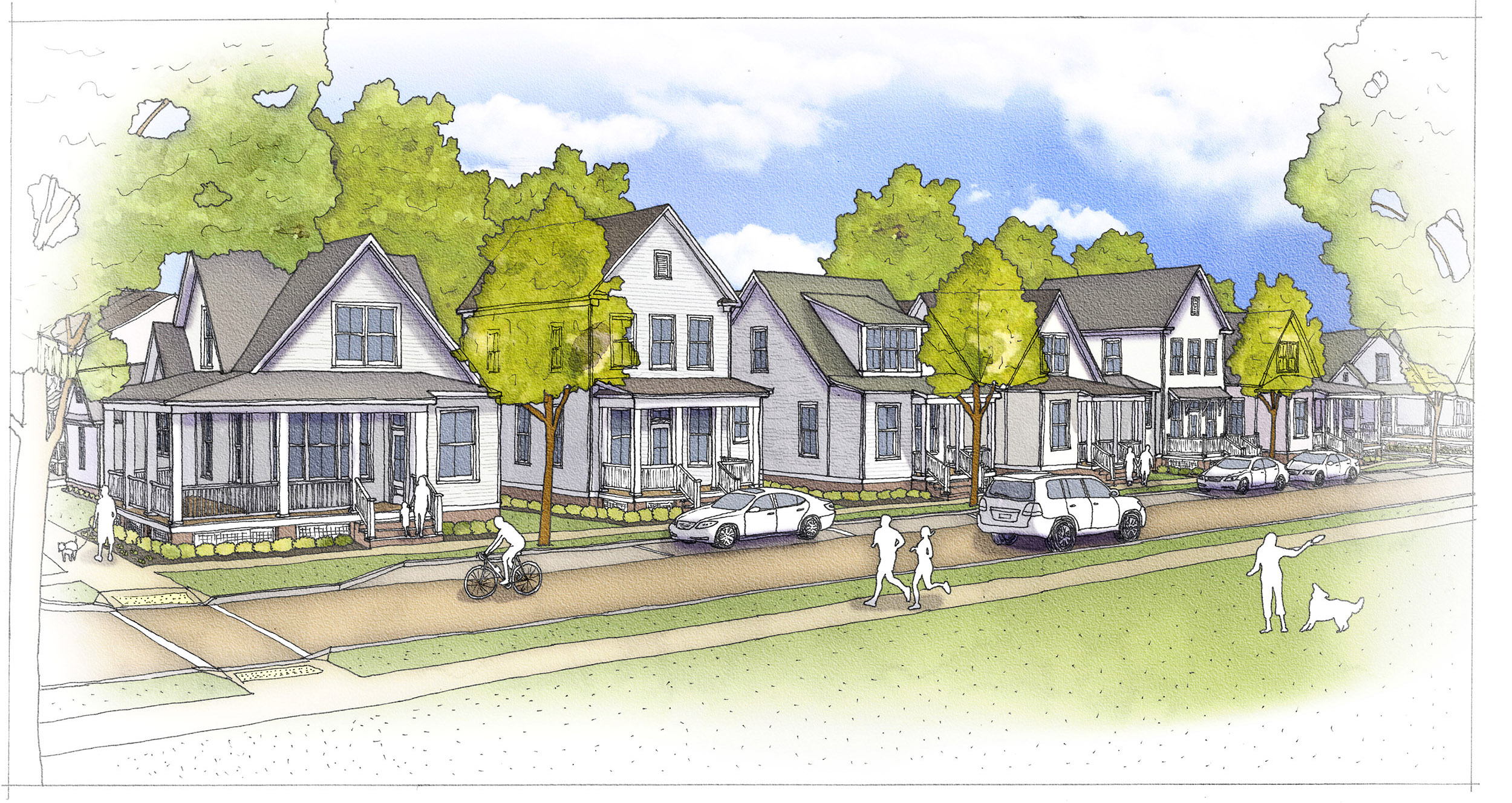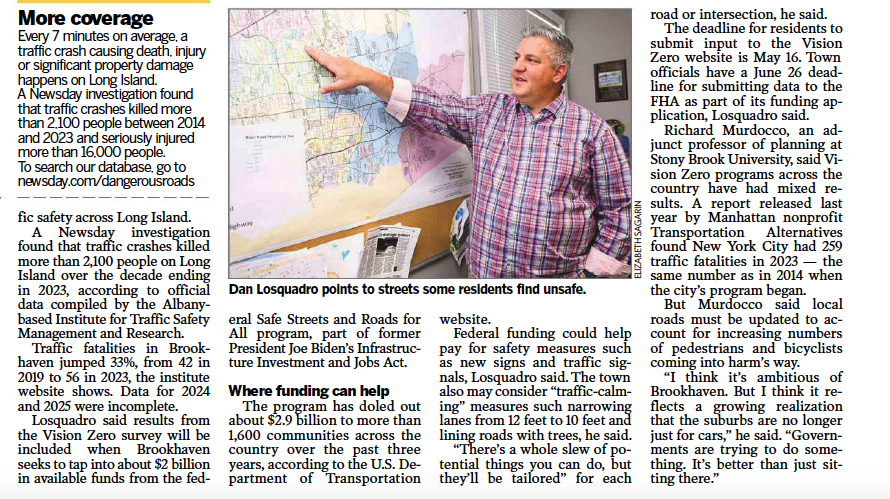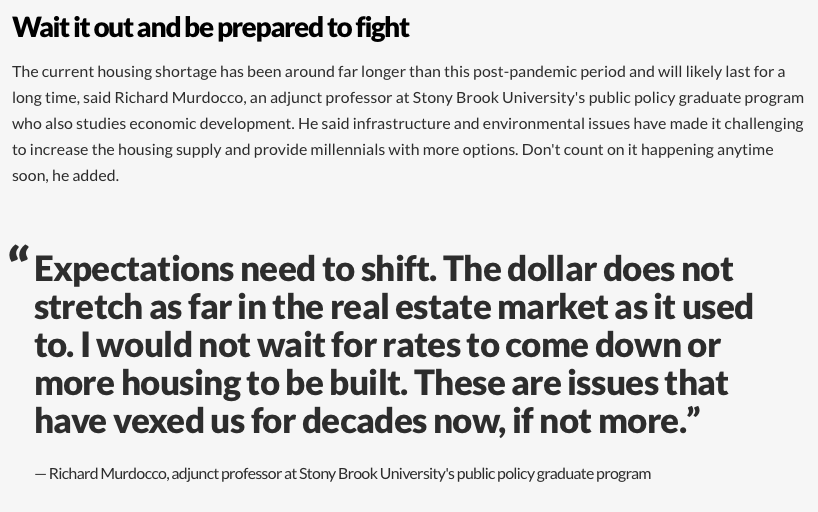The following is my unedited article for the NYMuniBlog that was published on 7/12/11:
Defining What Exactly is a Community Benefit in Development Proposals
By Rich Murdocco
The Town of Southampton’s efforts to amend §330-245 in the Town Code is an instance where the municipal government’s heart is in the right place, but in practice the changes are lacking the necessary teeth to truly define the concept of “community benefits”. If Southampton can clearly define what exactly a community benefit is, the amendments to their code have the potential to be groundbreaking.
As the Town Board goes about amending the code to further define the notion of community benefits, it must be remembered that both local government and the public has to benefit substantially from any rezoning action that increases in density that goes beyond as-of-right yield. It is a municipal government’s job to ensure that the public accrues substantial and tangible benefits from development that go beyond impact fees or mitigation measures. By definition, an impact fee is a fee that is implemented by a local government on a new or proposed development to help assist or pay for a portion of the costs that the new development may cause with public services to the new development within the United States.[1] Mitigation measures are defined as an action that can be planned or taken to alleviate (mitigate) an adverse environmental impact.[2]
A codified and standardized approach to public benefits would be beneficial to developers as well. Letting developers know what is expected of them during the creation of site plans would reduce development costs and potentially curb community opposition to projects, all while ensuring strict adherence to site plan design standards.
If these changes are implemented, the environmental and economic costs as a result of any density increases granted should be more than offset by the public benefits gained.
Currently, the scope of Southampton’s codification of community benefits only falls to the development of a Planned Development District (PDD). The scope can be widened if the definitions of community benefits outlined in §330-245 also apply to commercial, as well as standard residential subdivisions. If the Community Benefits are standardized, government, as well as the public, would greatly benefit from any density granted town and project wide. This has the potential for the economic and environmental benefits of expanding the scope to be seen in any development project across the Town of Southampton, and eventually to other towns on Long Island.
Southampton is currently looking to define advancing the goals of the Town’s Comprehensive Plan as a community benefit. It must be realized that adherence to a comprehensive plan is not a trade-off for community benefits. A plan is drafted to assess the needs of a community, as well as outline and control the future growth and growth trends of an area. All project proposals are supposed to follow the comprehensive plan, so consideration on whether or not a project is in accordance with said plan is redundant. Merely following a plan is not enough to justify the potential reduction of accrued community benefits.
Another aspect of defining community benefits that the Town must consider is cost to the developer. Currently, the notion of “how much is enough” is ambiguous, and would benefit from standardization. For example, the consideration of “cost to the applicant of providing the community benefit” needs to have a series of other figures to compare to, in order to get a sense of scale of costs. For example, if a project cost is X, and the demanded community benefit costs X +1000, than the municipal government is being unreasonable with it’s expectations. However, if project cost is X, and the community benefit being proposed by government is 1/5th of X, consideration of the benefit should be taken.
The ability for a developer to enhance the site plan for the sole purpose of making it more attractive to the market is not a community benefit worth trading density increases over. Municipal governments must realize that market-driven decisions often times do not benefit the public. A true benefit is dedicated open space, or infrastructure improvements unrelated to traffic or wastewater impacts caused by the new development.
For effective policy and planning, there has to be a standardized definition of the term “affordable housing”. Relative to total market-rate yield, the amount of the affordable units should be taken into account due to the need for affordable units across Long Island, and the ratio of market-rate to affordable units should be adjusted.
In closing, the Southampton proposed amendments are a step in the right direction. As an intellectual exercise, the amendments to the Southampton town code are strong indicators of Southampton’s intent on creating a standardized approach to the notion of “community benefits”. If the Southampton amends their code in a way that is serves both the applicant and residents, Southampton can set a positive policy and planning precedent that other Long Island towns may follow.











